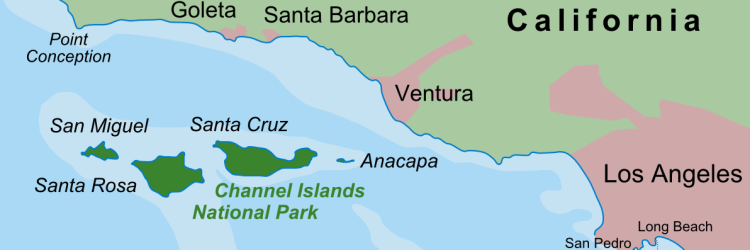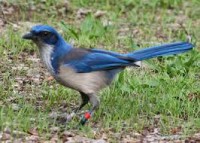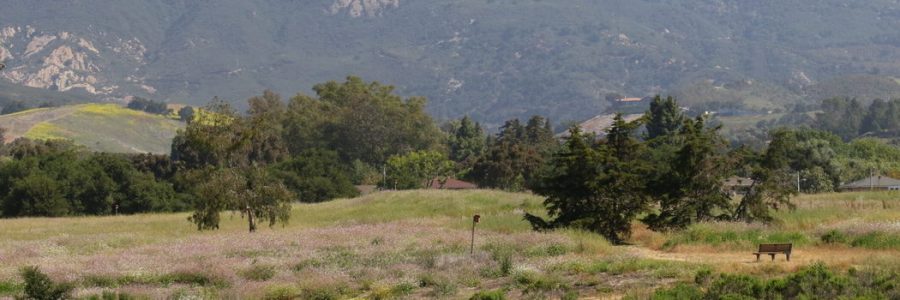
Wednesday, February 25, 2015, 7:30 pm - 9:00 pm
Join us this February as Tim Coonan-Biologist Channel Islands National Park – speaks on conservation and management needs of unique avifauna of the five Channel Islands National Park islands.
Cost: Free to the public
Channel Islands National Park is a local and national gem right in our backyard. Often referred to as the “Galapagos of North America,” the five islands within the national park are home to a variety of unique flora  and fauna, including bird species such as the endemic Island Scrub-Jay and the Island sub-species of the Loggerhead Shrike. Managing the avifauna of these islands presents a unique challenge due to the isolation of the islands and an extensive history of impacts to the habitat quality of the islands through introduced species and extensive human activities. Tim Coonan will discuss these management challenges and the conservation and monitoring programs in place to protect these unique birds and their habitats.
and fauna, including bird species such as the endemic Island Scrub-Jay and the Island sub-species of the Loggerhead Shrike. Managing the avifauna of these islands presents a unique challenge due to the isolation of the islands and an extensive history of impacts to the habitat quality of the islands through introduced species and extensive human activities. Tim Coonan will discuss these management challenges and the conservation and monitoring programs in place to protect these unique birds and their habitats.
Landbird populations and species compo sitions on the islands can vary annually, depending on mainland species that reach the islands, habitat variation, environmental conditions, com petitors or predators that arrive or leave the islands, or areas subject to human disturbance. Most bird species probably have experienced a loss of preferred food and shelter due to extensive alteration of the islands’ scrub habitats.
Nine raptor species live in the park and are primarily seen on Santa Cruz and Santa Rosa. Hawks and owls also occur intermittently on Anacapa, San Miguel, and Santa Barbara, which have limited habitat to support these birds. Several bird species disappeared from the park during the 20th century. An endemic subspecies of song sparrow on Santa Barbara Island was driven to extinction as a result of habitat destruction by introduced rabbits, direct predation by feral cats, and a fire in 1959 that destroyed much of its habitat. Bald eagles and peregrine falcons historically bred on the islands, but largely extirpated due to harassment, shooting, egg stealing, and reproductive failure caused by organochlorine pesticides such as DDT. However, both of these species are presently making a comeback due to reintroduction efforts. Peregrines were reintroduced on the islands in the 1980s and bald eagles were reintroduced starting in 2002.
 Tim Coonan has worked for the National Park Service for 30 years, and has been a biologist with Channel Islands National Park since 1992. He leads the park’s programs in terrestrial monitoring and restoration. A landbird monitoring program has existed since 1993 as part of the Park’s long-term ecological monitoring program. Since 1999 Tim has also led the Park’s recovery program for the endangered island fox. Tim received an undergraduate degree in biology from the University of Norte Dame and a masters in biology from Northern Arizona University.
Tim Coonan has worked for the National Park Service for 30 years, and has been a biologist with Channel Islands National Park since 1992. He leads the park’s programs in terrestrial monitoring and restoration. A landbird monitoring program has existed since 1993 as part of the Park’s long-term ecological monitoring program. Since 1999 Tim has also led the Park’s recovery program for the endangered island fox. Tim received an undergraduate degree in biology from the University of Norte Dame and a masters in biology from Northern Arizona University.

